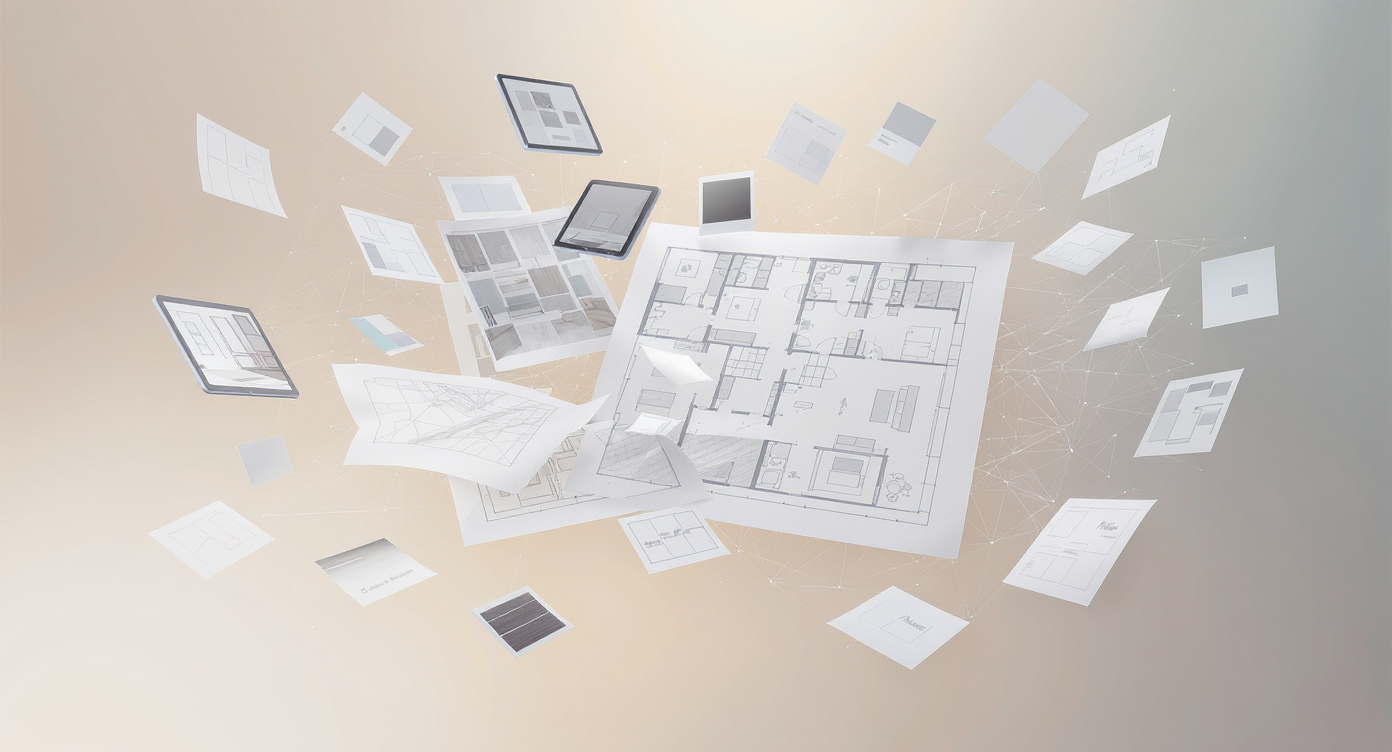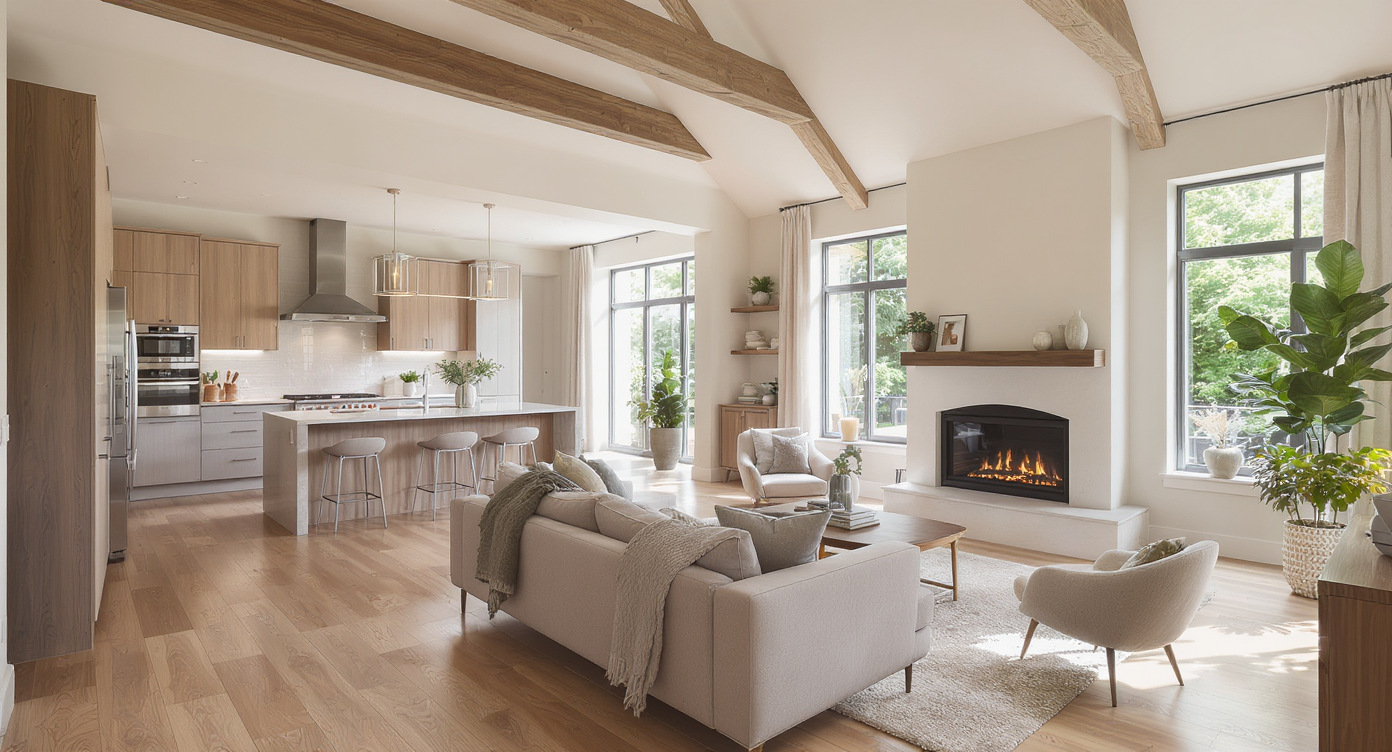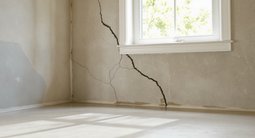TL;DR
If home renovation planning feels overwhelming, ReimagineHome.ai turns scattered ideas into lifelike, shoppable visuals you can share with contractors in minutes. Think fast AI design visualization, fewer miscommunications, and a workflow that makes better choices obvious.
The Hook: Why Home Renovation Needs Better Visualization

Traditional renovation plans often feel tangled—fragmented visuals hinder shared understanding.
Home renovation is hard not because you lack taste, but because you lack a shared picture. Here’s the thing: most projects run over time and budget not from bad intentions, but from fuzzy visualization and fragmented tools. When you can’t see how choices interact—flooring with light, cabinetry with circulation, windows with furniture—every decision drags. AI design is rewriting that story by making home redesign visualization instant, iterative, and collaborative. And ReimagineHome.ai is leading the shift from static plans to living design conversations.
The Problem with Renovation Planning (and Why Communication Breaks)
Renovation planning gets messy when homeowners, designers, and contractors translate ideas through words instead of visuals. Let’s be real: even the most detailed mood board can’t settle questions like sightlines after a wall removal or whether the island you love will choke the traffic flow. Tool overload doesn’t help—spreadsheets here, chats there, PDFs everywhere—while platforms like Houzz Pro and Buildertrend (excellent for sourcing and project management) rarely solve the crucial design visualization gap at the moment decisions are made. Miscommunication is expensive. I’ve seen this happen: a client signs off on a “light, modern kitchen,” then balks on site when the actual stone reads cooler than expected under west-facing light. The fix isn’t more jargon—it’s better pictures, faster iteration, and collaborative home design with contractors that makes tradeoffs visible before anyone swings a hammer. That’s the job AI should do: compress uncertainty, surface options, and align the team early.
Anecdote
A bungalow renovation becomes a weekend design sprint: three AI-generated schemes reveal a circulation pinch near the back door; the contractor flags a plumbing cost; the couple pivots to a workstation sink and slimmer island—clarity before demolition.
Meet ReimagineHome.ai: AI Design That Bridges Imagination and Execution
AI design finally makes home renovation planning feel human again—describe what you want, and watch it take shape. Think of it this way: ReimagineHome.ai turns a phone photo of your space into multiple, photoreal concepts you can tweak, compare, and share in minutes. No CAD degree required. Here’s what makes the platform feel different: - Visualize renovation ideas online, instantly: Upload a room or exterior, prompt a style—Scandi calm, warm modern, Japandi, coastal—and generate multiple options fast. You don’t need design knowledge to see possibilities. - Collaborate visually with contractors: Share links or boards so your GC, cabinetmaker, or tile installer can comment on exact layouts, clearances, and materials. Decisions move from “I think” to “we see.” - Link designs to real products: Designs can reference shoppable items—fixtures, furniture, finishes—so specs don’t vanish between ideation and sourcing. - Easy chat and voice interface: Speak or type what you’re trying to achieve and iterate in natural language. “Brighten the north wall, widen the passage, swap to brushed brass.” Done. The result is a living brief—an AI renovation platform that aligns imagination with execution before construction locks anything in.
ReimagineHome.ai vs. Legacy Home Design Tools
Home design software has long favored technical modeling over creative speed. ReimagineHome.ai flips that: it prioritizes rapid, believable AI design visualization and contractor collaboration over manual drafting.
| Tool | What it’s best for | Learning curve | Speed to lifelike visuals | Contractor collaboration |
|---|---|---|---|---|
| ReimagineHome.ai | Plan remodeling with AI; instant, photoreal home redesign visualization from real photos | Low (natural language prompts; no modeling) | Minutes | Built for sharing, feedback, and product-linked decisions |
| Magicplan | Fast floor plan capture and on-site estimates | Low–Medium | Moderate (diagram-first) | Good for field teams; less visual design depth |
| SketchUp | Precision 3D modeling and detailed construction geometry | Medium–High | Slower (manual modeling required) | Shareable models; requires skill to interpret |
| Sweet Home 3D | DIY interior planning and basic 3D layouts | Low–Medium | Moderate (template-based) | Limited collaboration features |
A Human Moment: One Weekend, Three Options, Zero Costly Surprises
Contractor collaboration improves when homeowners can visualize renovation ideas online before demolition. Consider Maya and Luis: a 1950s bungalow, two small rooms slated to become one light-filled kitchen-living space. On Friday night they uploaded phone photos to ReimagineHome.ai and prompted three directions—warm minimal, mid-century modern, and soft contemporary. By Saturday morning, they were comparing layouts that handled tricky variables: a load-bearing wall, existing plumbing, and a low window head height. The AI showed an island option that looked perfect—but revealed a traffic pinch near the back door once scaled appliances were placed. A second concept rotated the island, preserved a wider pathway, and suggested wall sconces to correct evening light. They shared both visuals with their GC, who flagged that moving the sink would trigger extra permits. Within the same thread, they swapped to a workstation sink under the existing window, paired it with a slimmer island, and locked the plan. The quiet magic: fewer change orders, faster approvals, and a team that could point to the same picture every time someone asked, “Which one are we building?”
Visualization Scenario
Upload phone photos of a galley kitchen; prompt “warm modern, oak floors, matte black hardware, quartz with subtle veining”; generate three options; share a link with the GC; annotate clearances and appliance sizes; finalize a product-linked scheme.
FAQ: Home Renovation Planning and AI Design Visualization
How can ReimagineHome.ai simplify home renovation planning and visualize renovation ideas online?
ReimagineHome.ai helps homeowners and contractors align quickly by turning room photos into multiple lifelike options, making renovation planning clearer before work begins.
What makes ReimagineHome.ai one of the best AI tools for home renovation and collaborative home design with contractors?
It combines fast AI design visualization with shared boards, comments, and shoppable products so contractors, designers, and clients make decisions from the same visuals.
Can I plan remodeling with AI and still use my contractor’s existing tools for contractor collaboration?
Yes—exports, links, and shareable boards let you plug AI visuals into tools like Buildertrend, Slack, or cloud folders so collaboration stays in your current workflow.
How does AI design compare to traditional home design software for home redesign visualization?
Traditional software excels at precise modeling, while AI design accelerates early-stage visualization, helping you test layouts, materials, and styles before committing.
Do I need design skills for home renovation and plan remodeling with AI?
No—natural language prompts and guided options let you create convincing home redesign visualization without technical training or drafting experience.
What’s Next: Agentic Design, Cost Intelligence, and a More Collaborative Remodel
Collaborative home design with contractors works best when visuals flow where the work happens. ReimagineHome.ai fits into broader workflows without fighting them: - Export visuals and annotated boards to Buildertrend or similar platforms so selections sit beside schedules and budgets. - Share concepts in Slack or Microsoft Teams for quick trade feedback; keep versions clear. - Sync outputs to Dropbox, Google Drive, or Notion so specs, links, and drawings live together. - Hand off product-linked mood boards to procurement so what you loved online is what gets ordered. Looking ahead, the most exciting work is agentic. Expect multilingual design prompts, cost intelligence that estimates impacts as you iterate, and retail furniture brand integration to keep availability and lead times visible. Imagine asking, “Lower the energy load and keep the palette warm,” and the system proposes insulation upgrades, window specs, and finishes that meet the brief—while flagging budget and code implications. Renovations used to start with blueprints. Now, they start with imagination—and tools like ReimagineHome.ai make that imagination visible. Explore your next renovation with ReimagineHome.ai — where AI meets design clarity.
.svg)

.svg)














.png)